English Ivy: Complete Plant Care & Growing Guide
Lush English ivy is beautiful clinging to old buildings and creeping up fences, but it can be aggressive and invasive. You might love it more as a houseplant.
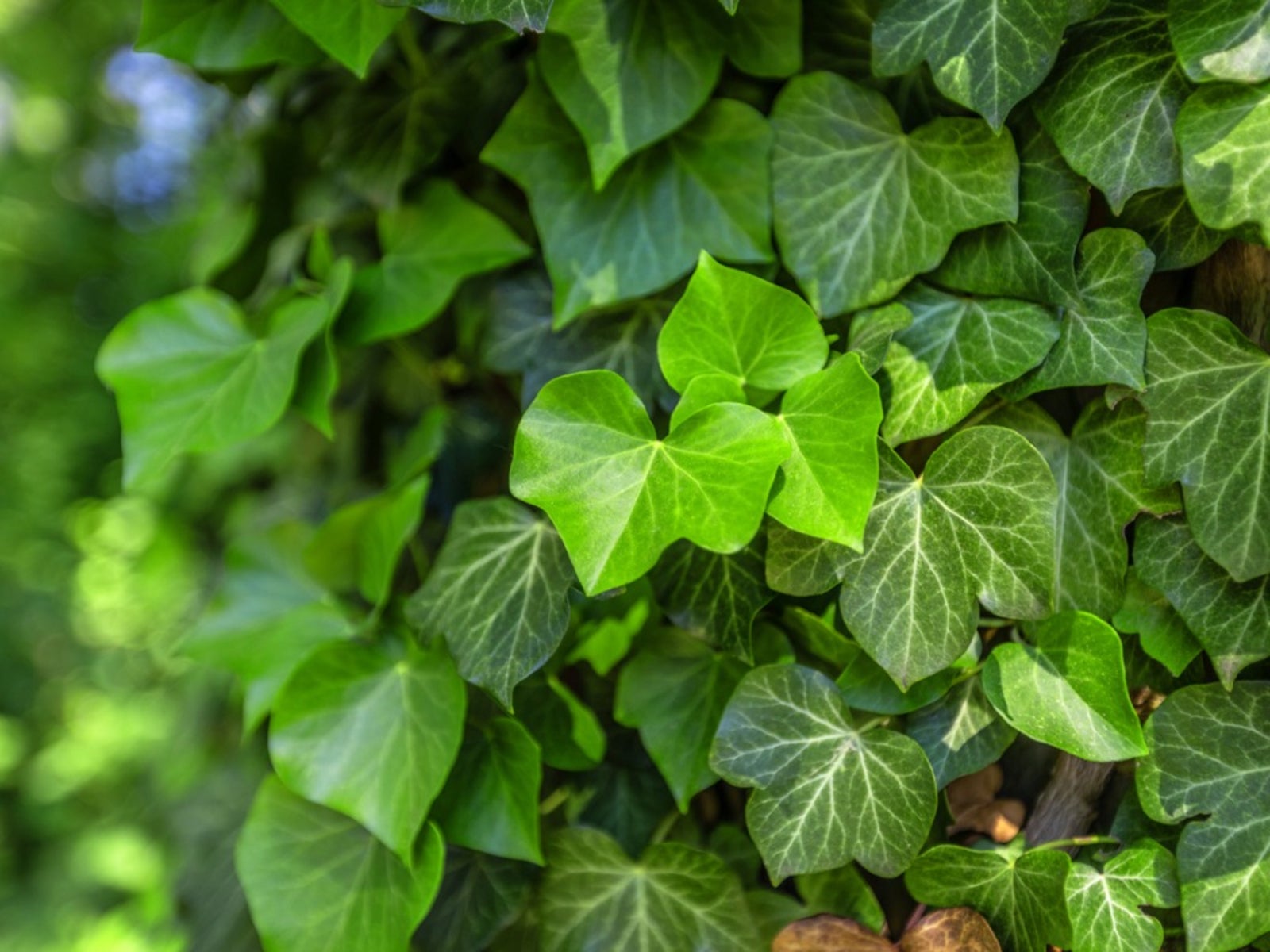
Quick Facts
Botanical name: Hedera helix
Height: 20-80 feet (6-24 m)
Spread: 3-5 feet (.9-1.5 m)
Sun exposure: Part to full shade
Soil requirements: Moist, well-draining loam
Hardiness zones: USDA 4-9
When to plant: Fall and spring
The English ivy plant is a fast-growing, woody vine brought from Europe by colonial settlers. Widely cultivated, English ivy plants have now naturalized in many areas of the U.S., so much so that they are considered invasive. I have significant experience with this vine and consider it to be aggressive. That said, this common ivy is pretty as it clambers up the exterior of many ivy league college buildings.
English Ivy Care
Generally, English ivy is an unfussy plant that can tolerate a variety of conditions. However, like most plants, it does have light, water, soil, and temperature preferences.
Light
English ivy prefers partial shade but can also tolerate partial sun to full shade conditions.
Water
This ivy prefers consistently moist, but not soggy conditions. Provide supplemental water in the spring and summer and reduce irrigation in the fall and winter. Allow the top of the soil to dry out between waterings.
Temperature & Humidity
English ivy thrives in the range of 65-85 F (18-30 C). Some varieties can tolerate temperatures down to -10 F (-23 C) for short spurts but generally the plant can withstand 10-20 F (-12 to -7 C) if it is mature and acclimated.
Plants grown inside may suffer from low humidity. Mist the plant often and/or place the pot on a pebble tray. Also avoid situating the plant near drafts, A/C or central heat.
Soil
Tolerant of almost any soil, English ivy prefers well-drained loam soil. Ivy likes the soil a bit on the acidic side, between 5.5 and 6.5 pH.
Gardening tips, videos, info and more delivered right to your inbox!
Sign up for the Gardening Know How newsletter today and receive a free copy of our e-book "How to Grow Delicious Tomatoes".
Fertilizer
English ivy is an evergreen and, to keep those leaves bright green, it should be fertilized with a 20-20-20 food or a 2-2-2 organic fertilizer every couple of weeks during the growing season.
Problems, Pests & Diseases
English ivy is fairly disease resistant, but it is prone to a few bacterial and fungal diseases such as bacterial leaf spot, Phytophthora, root and stem rot, and Fusarium root rot, respectively.
Rhizoctonia root rot, aerial blight, Botrytis blight, and Colletotrichum leaf spot are other diseases fostered by greenhouse conditions.
English ivy may be nibbled on by aphids, mealybugs, spider mites and other pests. These can be eradicated by the use of neem oil or insecticidal soap; either commercial or homemade.
How to Plant English Ivy
English ivy can be trained to trail up fences, walls and trellises or grown as a ground cover. Select an area of partial shade and plant it in rich, moist soil.
Pruning
When allowed to grow unchecked, English ivy can cover trees, blocking foliage and halting photosynthesis which can be a death knell to the tree. The additional weight of the vine can make the tree susceptible to damage such as cracked or broken boughs.
In my experience in the Pacific Northwest (where it is considered invasive), trying to remove the vine from trees is difficult. Don’t rip the vine from the tree, which will only damage the tree further. Instead, cut the vine from its source at soil level. Leave the cut vine hanging where it will wither and die. The downside is that you have to do this for a number of years before the ivy finally succumbs.
So, it is a good idea to keep the vine tidy by pruning it regularly. Be sure to use sterile shears to avoid bacterial leaf spot. In the spring, prune back the newly growing tips to retard size. Every few years, hard prune the plant.
Propagation
English ivy spreads by runners and seeds that are dispersed by birds which eat the fruit. It can be propagated through cuttings.
Cut a 4-5 inch (10-13 cm) length of healthy vine. Put the cut end in water and wait for roots to appear. Then transfer into pots or into the ground.
Repotting English Ivy
Repot small ivy once a year and larger specimens every two years or as needed with fresh potting soil. Roots pushing through the bottom or out of the top of the container or water that runs straight through the pot are indications that you need to repot the plant.
How to Grow English Ivy Indoors
This vine is often used in hanging baskets, a great, non-invasive way to grow the vine. It can also be grown as a houseplant.
Use a well-draining, good quality potting soil or make your own. Situate the plant either near a north, east or west window or under artificial light.
Keep the plant consistently moist and mist the vine or place it on a saucer filled with pebbles to up the humidity level.
English Ivy Varieties
English ivy has many cultivars all of which belong to the ginseng or Araliaceae family. Some are variegated while still others are a solid green.
Cultivars include Angel Snow, California, Chicago, Curly Locks, Glacier, Goldchild, and Jubilee to name a few.
How to Kill English Ivy
English ivy is difficult to eradicate once established. To remove or retard this vine refer to how I’ve recommended that you cut it from trees above.
You can also try and dig it out but the spreading runners aren’t always easy to remove entirely and anything that is left behind will rapidly become a vine.
A heavy tarp or plastic will kill ivy naturally by blocking its light, halting photosynthesis.
After trimming the vine with a string trimmer, you can also use the chemical Glyphosate as a foliar spray of 2-4%. A natural herbicide can also be used consisting of one part vinegar to four parts water or a gallon (3.8 l) of vinegar combined with ¼ cup (59 ml) dish soap and two cups (473 ml) of salt.
Frequently Asked Questions
Is English Ivy a Good Houseplant?
English ivy makes a great houseplant. It is low light, and fairly disease and pest resistant. Healthy vines can grow quite long so if you keep it pruned back, it makes an excellent hanging plant.
Are There Any Benefits to English Ivy?
English ivy is an evergreen so it brightens up an otherwise dreary winter landscape. It is a rapid grower, making it an excellent choice to cover unsightly areas or those which could benefit from screening. As a houseplant, like other houseplants, English ivy helps purify the air.
It is said that English ivy can reduce inflammation, boost the immune system, relieve stress and anxiety, improve digestion, and improve breathing problems. Always consult with your doctor before ingesting any new medications, supplements or plant materials.

Jackie Carroll has written over 500 articles for Gardening Know How on a wide range of topics.
-
 Get Ready For A Summer Of Hummers! Grow These Full Sun Hummingbird Plants and Flowers
Get Ready For A Summer Of Hummers! Grow These Full Sun Hummingbird Plants and FlowersIf you’re lucky enough to enjoy a sunny backyard, make sure you are maxing out on your pollinator opportunities and grow these full sun hummingbird plants and flowers
By Tonya Barnett
-
 12 Lush Alternatives To A Lawn For Sustainable Spaces
12 Lush Alternatives To A Lawn For Sustainable SpacesAlternatives to a lawn are beautiful and also beneficial to your local ecosystem and its pollinators. Explore our top picks for plants to replace grass.
By Tonya Barnett
-
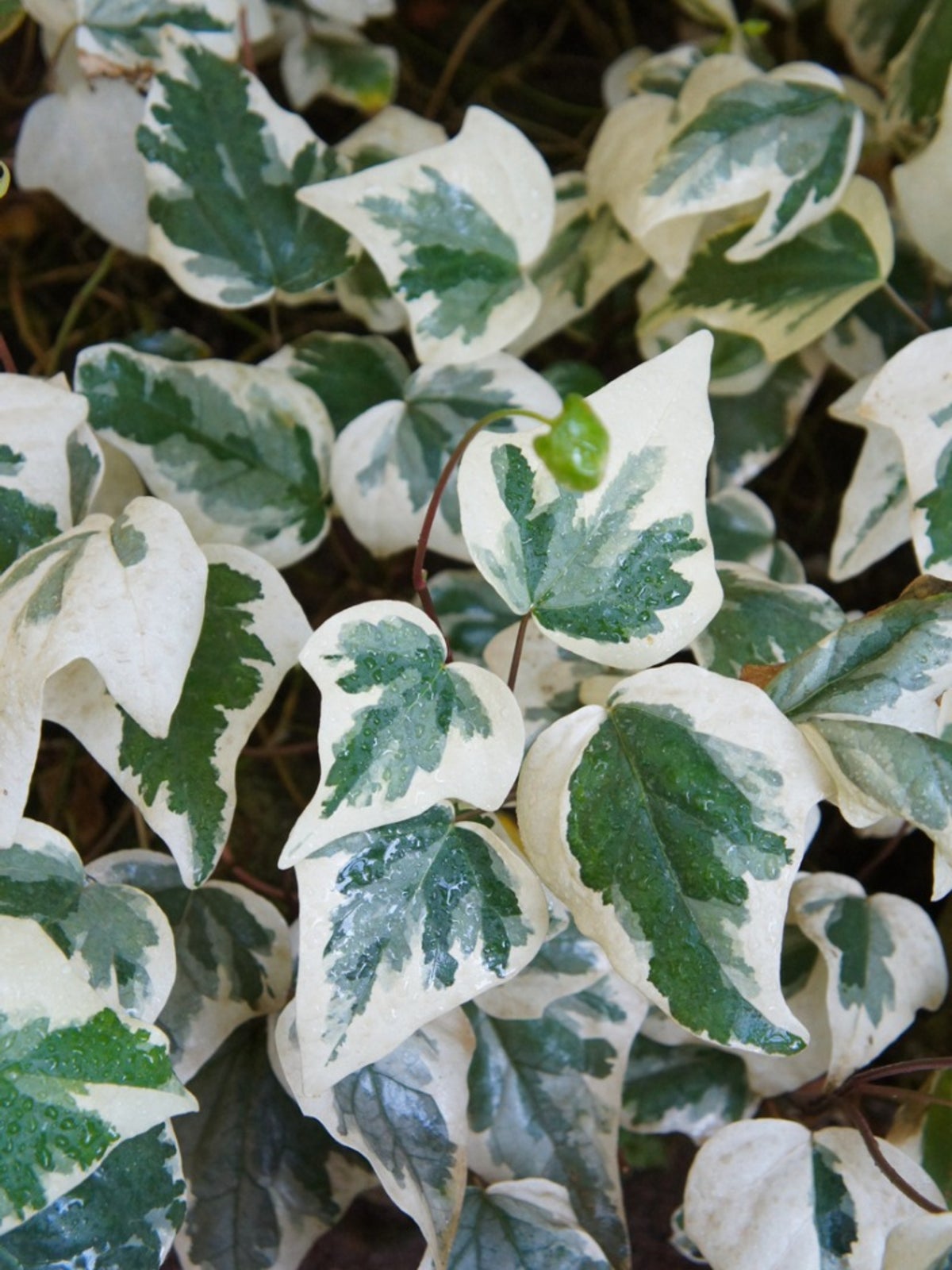 Algerian Ivy Care: Tips For Growing Algerian Ivy Plants
Algerian Ivy Care: Tips For Growing Algerian Ivy PlantsEvergreen vines can be used as groundcovers for troublesome areas of the garden, such as slopes or other areas where grass has a hard time establishing. Algerian ivy plants are one such plant that will easily establish, where turf or other plants won?t. Learn more here.
By Darcy Larum
-
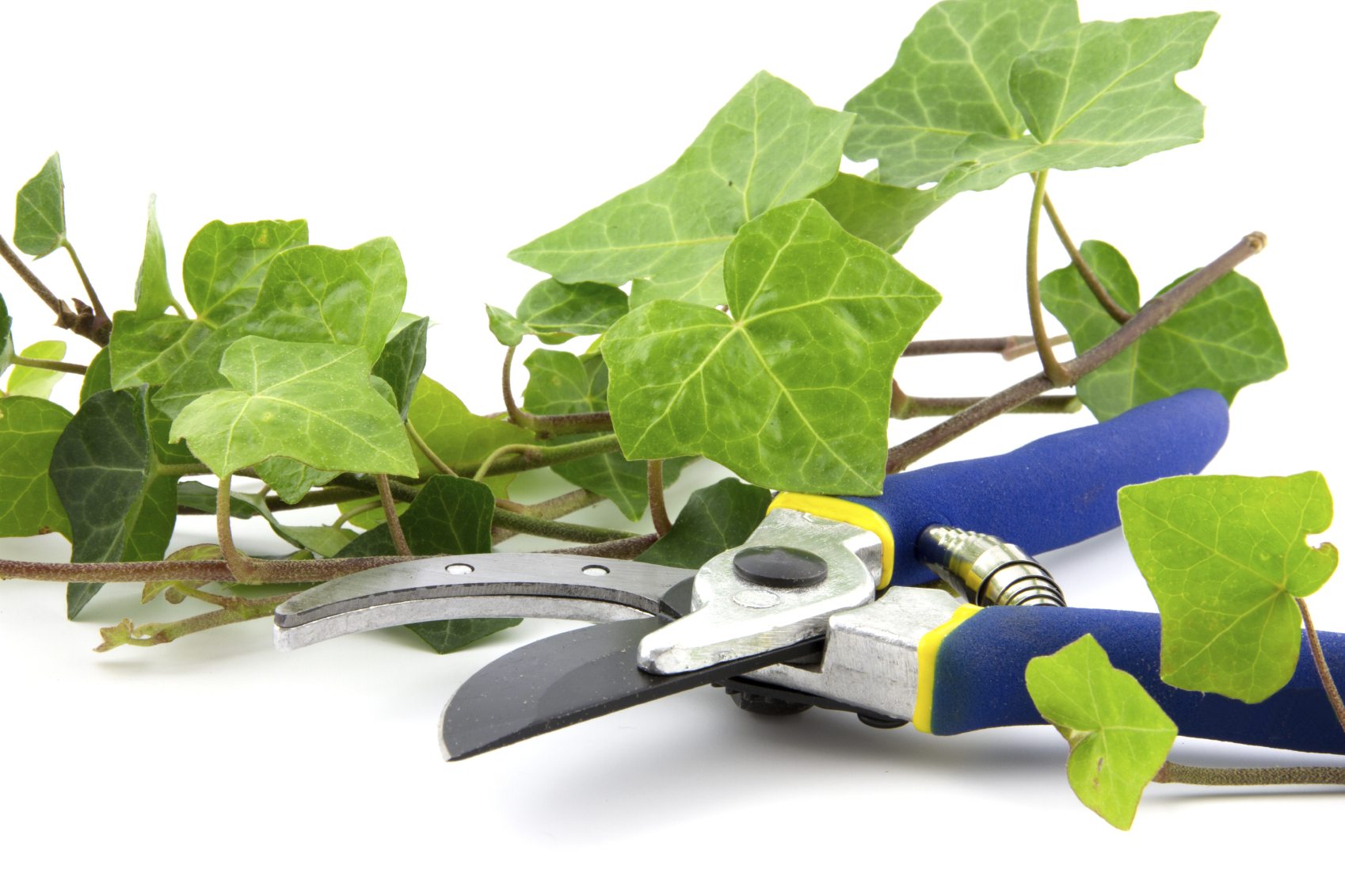 English Ivy Pruning: Tips On How And When To Trim Ivy Plants
English Ivy Pruning: Tips On How And When To Trim Ivy PlantsWhether English ivy is grown indoors or out, this fast-growing plant benefits from an occasional trim to stimulate new growth, improve air circulation, and keep the vine within boundaries and looking its best. Learn more in this article.
By Mary H. Dyer
-
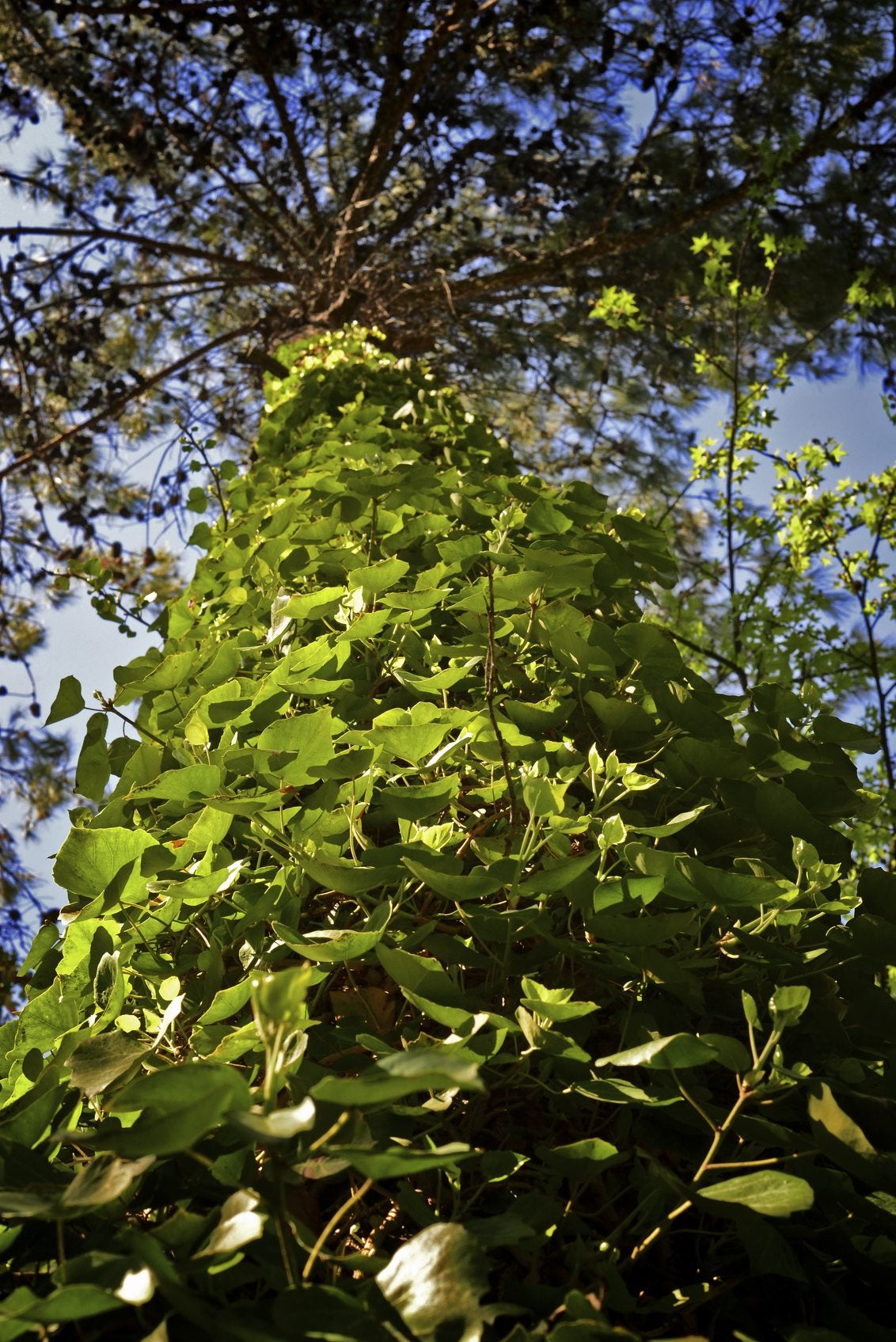 English Ivy Tree Damage: Tips On Removing Ivy From Trees
English Ivy Tree Damage: Tips On Removing Ivy From TreesWithout periodic pruning, the English ivy vine can become a nuisance when it climbs your trees. Learn about ivy damage to trees and what to do about it.
By Nikki Tilley
-
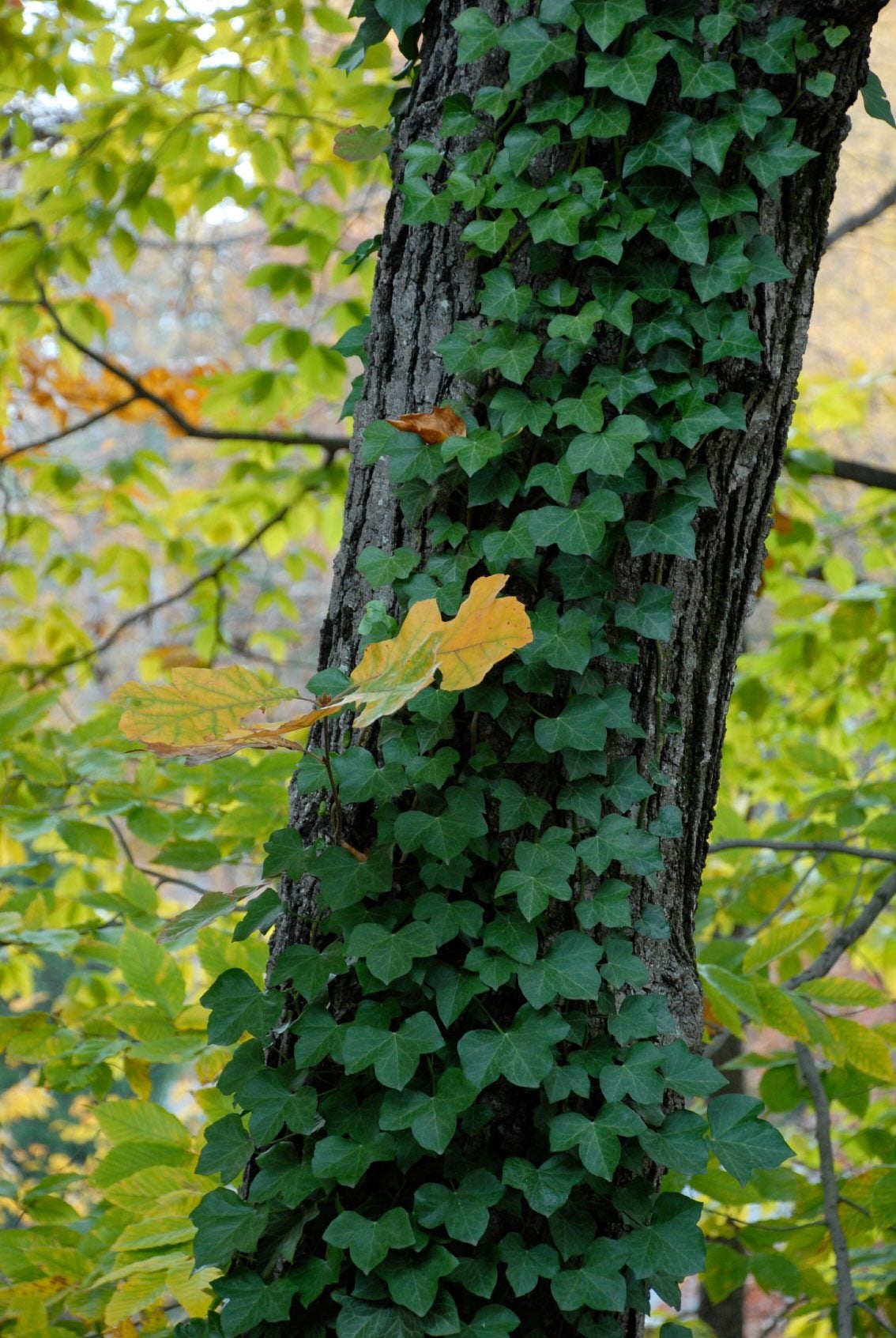 Tips For How To Kill English Ivy
Tips For How To Kill English IvyThe same traits that make English ivy a wonderful ground cover can also make it a pain to remove from your yard. Removing ivy can be a difficult task, but not an impossible one. This article will help.
By Heather Rhoades
